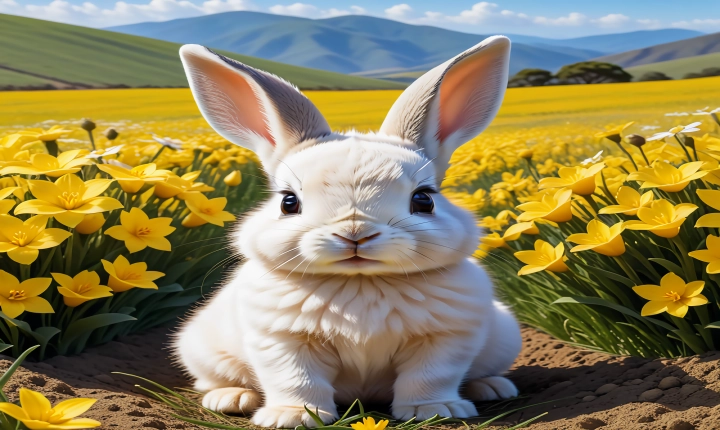Title: Is AI Plagiarism-Free?
In the age of information overload and the widespread use of artificial intelligence (AI), concerns about plagiarism and copyright infringement have become increasingly prevalent. With the ability of AI systems to generate content and assist in various creative tasks, the question arises: is AI truly plagiarism-free?
Plagiarism, in its simplest definition, is the act of using someone else’s work without proper attribution or permission. When it comes to AI-generated content, the issue of plagiarism becomes more complex. AI systems have the capability to analyze vast amounts of data and literature to produce new content that may resemble existing works.
One of the most common applications of AI in content generation is in the field of natural language processing (NLP). NLP algorithms can be trained on large corpora of text to learn patterns and structures, enabling them to generate human-like content. This has led to the creation of AI tools that can produce articles, essays, and even poetry with remarkably convincing results.
While AI-generated content can certainly be original and unique, there remains a concern about the potential for plagiarism. The question of whether AI-generated content can infringe upon existing copyright laws is a topic of ongoing debate. As AI systems continue to evolve and become more sophisticated, it is crucial to address these ethical and legal considerations.
The issue becomes even more complex when considering the role of human input in AI-generated content. Many AI systems require initial input or guidance from human creators, raising questions about the ownership of the resulting content. If a human provides the initial input or concept for an AI-generated work, to what extent can they claim ownership of the final output?
Furthermore, there is the challenge of identifying and attributing credit for AI-generated content. Traditional methods of detecting plagiarism, such as comparing texts against existing databases, may not be sufficient for content generated by AI. This raises concerns about the potential for unauthorized use of AI-generated content and the need for new mechanisms to safeguard intellectual property rights in the digital age.
On the other hand, proponents of AI argue that the technology can be a valuable tool for creativity and innovation, freeing human creators from repetitive tasks and providing new avenues for artistic expression. They also highlight the potential for AI to assist in the attribution and verification of content, helping to streamline the process of identifying original works and ensuring proper credit is given.
As the intersection of AI and creativity continues to evolve, it is essential for lawmakers, content creators, and technology developers to work together to establish clear guidelines and regulations regarding plagiarism in the context of AI-generated content. This includes addressing questions of ownership, attribution, and copyright protection in a digital landscape that is increasingly shaped by automated content creation.
In conclusion, the question of whether AI is plagiarism-free remains a complex and multifaceted issue. While AI has the potential to revolutionize creative processes and generate original content, it also presents challenges in terms of intellectual property and ethical considerations. As AI technology continues to advance, it is imperative to develop robust frameworks that protect the rights of content creators while fostering innovation and collaboration in the digital age.
